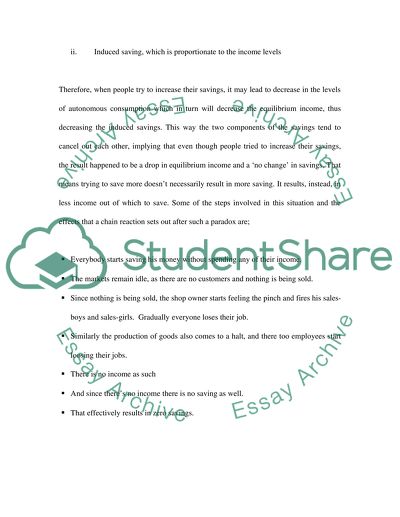Cite this document
(Macroeconomics: Paradox of Thrift Assignment Example | Topics and Well Written Essays - 1502 words, n.d.)
Macroeconomics: Paradox of Thrift Assignment Example | Topics and Well Written Essays - 1502 words. Retrieved from https://studentshare.org/macro-microeconomics/1525538-macroeconomics-the-financial-elements
Macroeconomics: Paradox of Thrift Assignment Example | Topics and Well Written Essays - 1502 words. Retrieved from https://studentshare.org/macro-microeconomics/1525538-macroeconomics-the-financial-elements
(Macroeconomics: Paradox of Thrift Assignment Example | Topics and Well Written Essays - 1502 Words)
Macroeconomics: Paradox of Thrift Assignment Example | Topics and Well Written Essays - 1502 Words. https://studentshare.org/macro-microeconomics/1525538-macroeconomics-the-financial-elements.
Macroeconomics: Paradox of Thrift Assignment Example | Topics and Well Written Essays - 1502 Words. https://studentshare.org/macro-microeconomics/1525538-macroeconomics-the-financial-elements.
“Macroeconomics: Paradox of Thrift Assignment Example | Topics and Well Written Essays - 1502 Words”, n.d. https://studentshare.org/macro-microeconomics/1525538-macroeconomics-the-financial-elements.


